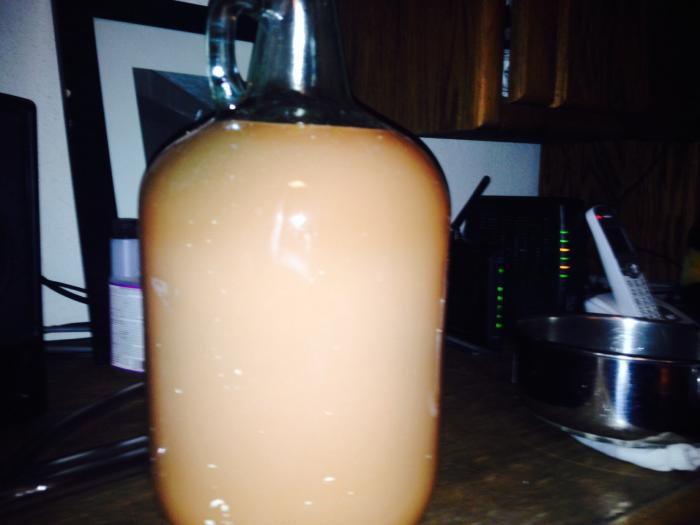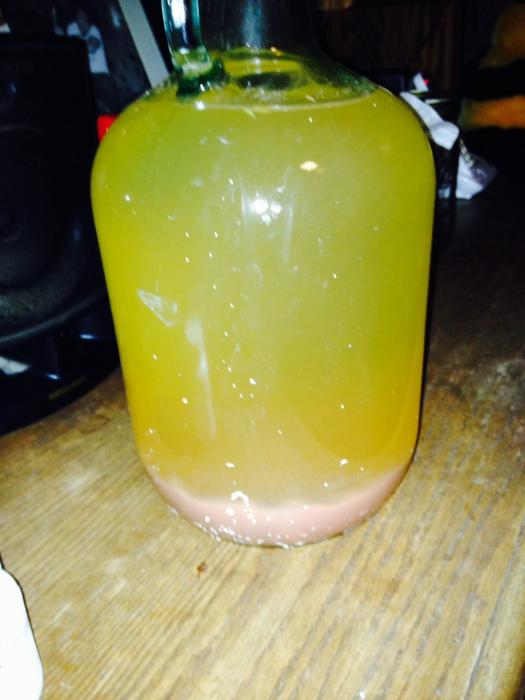Hello All!
I'm new to this forum, but not to homebrew.
I've decided to branch out from my comfort zone and try using powdered amylase enzymes to convert starches in oatmeal, rice, etc. to fermentable sugars. The only problem is that I can't seem to make the conversion happen. I've made two small quart-sized trial batches of oatmeal (it is plentiful in our home), confirmed that starches are present via the iodine test, added the enzyme (1 teaspoon), and held the temps at 150F for one hour, but the iodine test still comes out jet black. Any suggestions as to what I'm doing wrong would be helpful. I've searched this rather extensive forum, but have not found the information I seek.
Thanks in advance.
I'm new to this forum, but not to homebrew.
I've decided to branch out from my comfort zone and try using powdered amylase enzymes to convert starches in oatmeal, rice, etc. to fermentable sugars. The only problem is that I can't seem to make the conversion happen. I've made two small quart-sized trial batches of oatmeal (it is plentiful in our home), confirmed that starches are present via the iodine test, added the enzyme (1 teaspoon), and held the temps at 150F for one hour, but the iodine test still comes out jet black. Any suggestions as to what I'm doing wrong would be helpful. I've searched this rather extensive forum, but have not found the information I seek.
Thanks in advance.


































![Craft A Brew - Safale S-04 Dry Yeast - Fermentis - English Ale Dry Yeast - For English and American Ales and Hard Apple Ciders - Ingredients for Home Brewing - Beer Making Supplies - [1 Pack]](https://m.media-amazon.com/images/I/41fVGNh6JfL._SL500_.jpg)



























